What’s the Difference Between Minimalist and Scandinavian Design?
In our ever-evolving world of interior design, two styles are frequently at the forefront of discussions: minimalist and Scandinavian. At first glance, they may appear similar, both embracing simplicity and functionality. However, each possesses unique characteristics that set them apart. Understanding these differences can be enlightening for anyone eager to transform their living spaces into sanctuaries of style and comfort. Join us as we delve into the nuances of these two captivating design philosophies and explore how they shape our rooms and our lives.
An Exploration of Minimalist Design
Minimalism transcends mere aesthetics; it is a lifestyle choice that echoes simplicity, purity, and purpose. This design philosophy eliminates excess, focusing on stripping away the superfluous to reveal the essence of a room. When we talk about minimalism, we envision uncluttered spaces filled with light, where every element serves a function.
Key Elements of Minimalist Design:
- Simplicity and Functionality: Minimalist spaces are devoid of unnecessary decor. Each piece of furniture and decor serves a specific purpose, contributing to a sense of harmony and order.
- Neutral Palette: Predominantly white or muted tones dominate the minimalist palette, creating an airy and tranquil atmosphere. The subtle color choices prompt a feeling of serenity.
- Open Space: Minimalism embraces spaciousness. It’s about making a room feel expansive and uncluttered, which often requires clever storage solutions and multi-functional furniture.
- Quality over Quantity: In a minimalist room, every piece is carefully selected. The focus is on quality craftsmanship and timeless design rather than an abundance of items.
Living the Minimalist Life:
Adopting a minimalist lifestyle means prioritizing what truly matters. By reducing clutter and focusing on essentials, we foster a sense of peace and mindfulness. This design approach encourages us to cherish experiences over material possessions, leading to a more fulfilled existence.
Unpacking the Scandinavian Design Philosophy
Rooted in the Nordic region, Scandinavian design has become synonymous with warmth, functionality, and simplicity. It carries a distinct charm that reflects the culture and environment of Northern Europe, where the harsh winters dictate a need for homes that are both cozy and practical.
Characteristics of Scandinavian Design:
- Natural Materials: Wood, leather, cotton, and wool dominate Scandinavian interiors. These materials foster a connection to nature and imbue spaces with an organic feel.
- Warmth and Light: Given the long winters in Nordic countries, maximizing light is crucial. White walls and large windows are common features, reflecting and amplifying natural light.
- Functional Furniture: Scandinavian furniture is celebrated for its sleek lines and practical features. It’s not just about aesthetics—functionality is paramount.
- Hygge: A Danish concept, hygge, is integral to Scandinavian design. It’s about creating a warm atmosphere and enjoying the good things in life with good people.
- Pop of Color: While predominantly neutral, Scandinavian interiors often feature pops of muted colors through decor such as artwork or textiles, adding a layer of interest.
The Scandinavian Lifestyle:
Embracing Scandinavian design means embracing a lifestyle that balances simplicity with warmth. It’s a celebration of comfort and functionality, encouraging us to create environments that nurture our well-being. By emphasizing natural materials and light, this style invites a sense of peace and contentment into our homes.
Identifying the Differences
While both minimalist and Scandinavian designs embrace simplicity and functionality, they diverge in their approach and execution. Understanding these distinctions can help you decide which style aligns best with your personal aesthetic and lifestyle.
Core Differences:
- Material Choices: Minimalism often opts for modern materials like glass and metal, creating a sleek, futuristic look. Scandinavian design favors natural materials like wood and stone, imparting warmth and earthiness.
- Color Schemes: Minimalist designs favor strictly neutral palettes, whereas Scandinavian interiors incorporate subtle color pops to enliven the space.
- Textural Variety: In minimalism, textures are uniform, creating a seamless and uninterrupted visual. Scandinavian spaces, however, embrace a mix of textures, offering depth and inviting touch.
- Decor and Accessories: Minimalism abhors clutter, often eliminating decor. Scandinavian design allows for decorative elements that add personality, as long as they serve a purpose or evoke emotion.
Choosing Your Style:
The choice between minimalist and Scandinavian design ultimately depends on personal preferences and lifestyle. Do you value an ultra-clean, streamlined environment where less is more? Or do you prefer a cozy, warm setting that speaks to nature’s elements? By understanding these key differences, we can make informed decisions about how to craft our interiors.
In the world of interior design, there is no one-size-fits-all approach. Our homes are a reflection of our personalities, values, and needs. Both minimalist and Scandinavian styles offer compelling frameworks for crafting spaces that elevate our daily lives. Whether it’s the purity of minimalism or the warmth of Scandinavian design, each path offers unique advantages that cater to different sensibilities.
As we stand at the crossroads of these two captivating worlds, let’s remember that our spaces should ultimately serve us and enhance our life quality. By understanding the nuances and embracing the possibilities, we can create environments that not only look beautiful but also nurture our spirit and well-being. After all, our homes are more than just places to live—they are sanctuaries that support our journeys through life.
So, as we embark on our design journeys, let’s embrace the principles that resonate with us, blending them into personalized spaces that tell our stories. Because in the end, the best designs are those that feel like home.
FAQ
What are the primary characteristics of minimalist interior design?
Minimalist design focuses on simplicity and functionality, emphasizing clean lines, open spaces, and a neutral color palette. It often involves reducing clutter to create a serene and orderly environment.
How does Scandinavian design differ from minimalist design?
While both styles emphasize simplicity and functionality, Scandinavian design incorporates more natural elements, such as wood and textiles, to create a warm and inviting atmosphere. It also often includes pops of color and cozy textures to balance the clean and sleek look.
Can you combine minimalist and Scandinavian styles in a single space?
Yes, these two styles can complement each other beautifully. By merging the clean lines and simplicity of minimalism with the warmth and texture of Scandinavian design, you can create a space that is both functional and inviting.
What kind of furniture is typically used in minimalist design?
Minimalist furniture is characterized by its simplicity and functionality. Pieces often have sleek lines and are made from materials like metal, glass, or wood. The focus is on quality over quantity, with each item serving a specific purpose.
Which materials are commonly found in Scandinavian interiors?
Scandinavian interiors often feature natural materials like light-colored woods, leather, and wool. Additionally, these spaces might include elements of stone and ceramics to add texture and warmth.
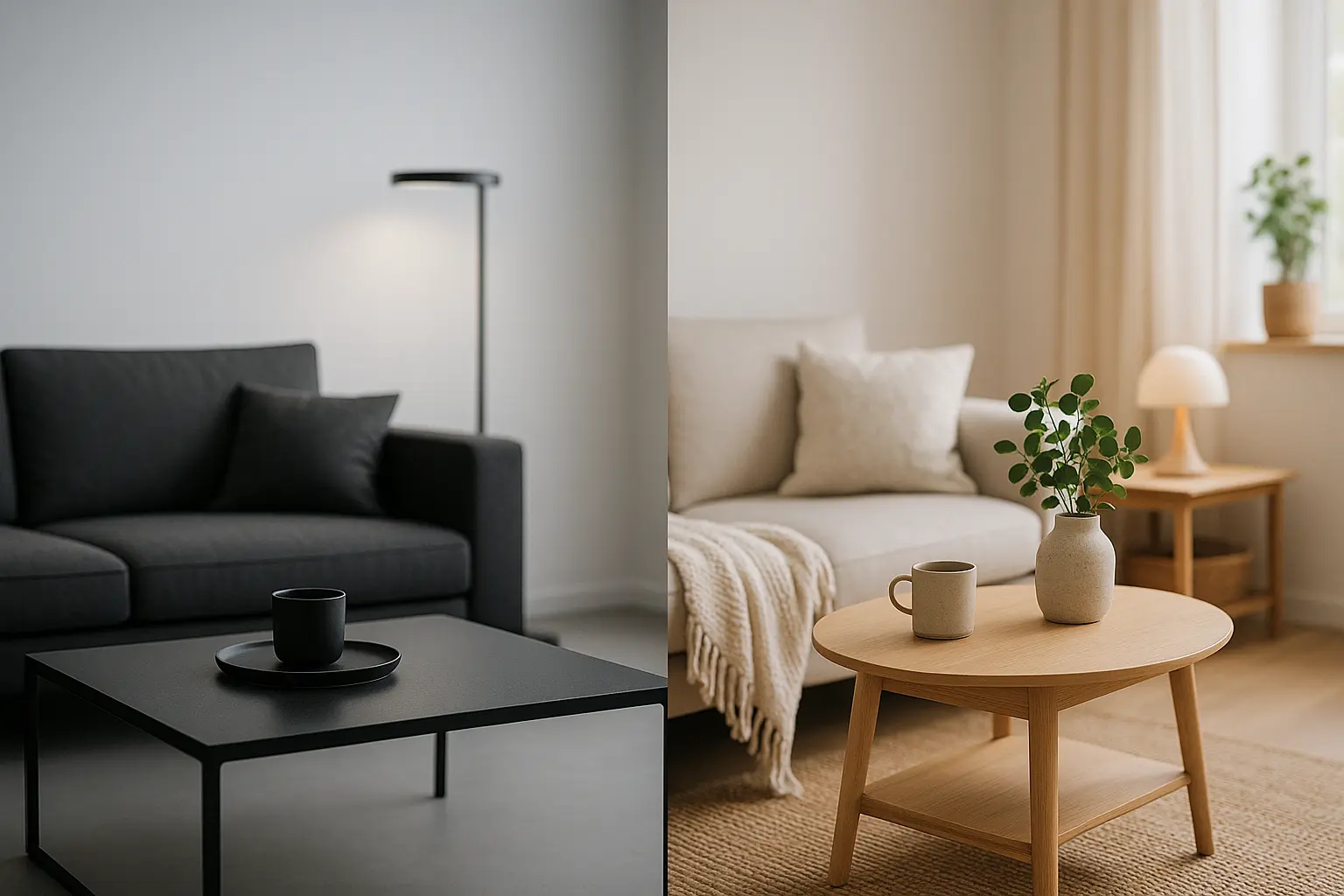
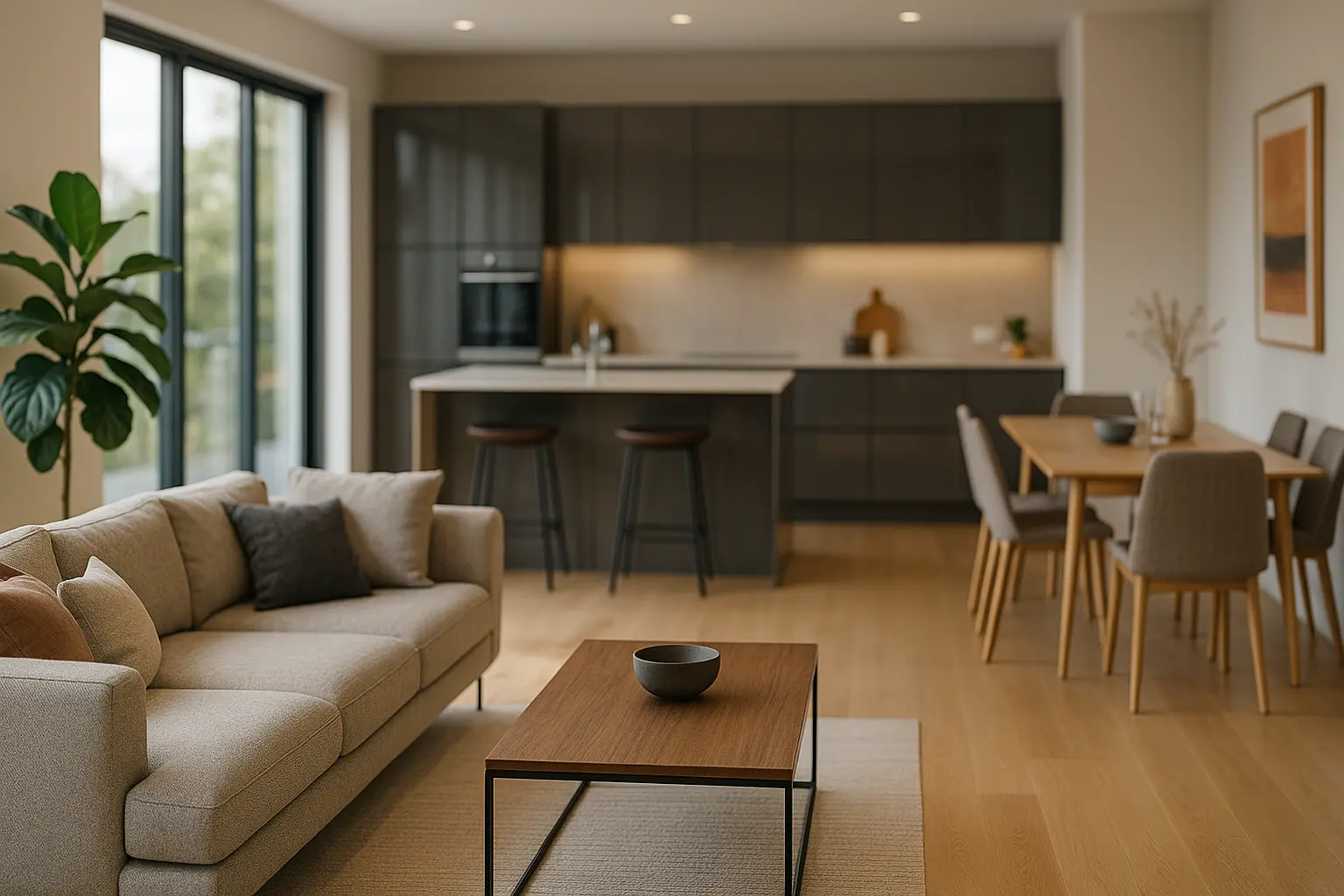
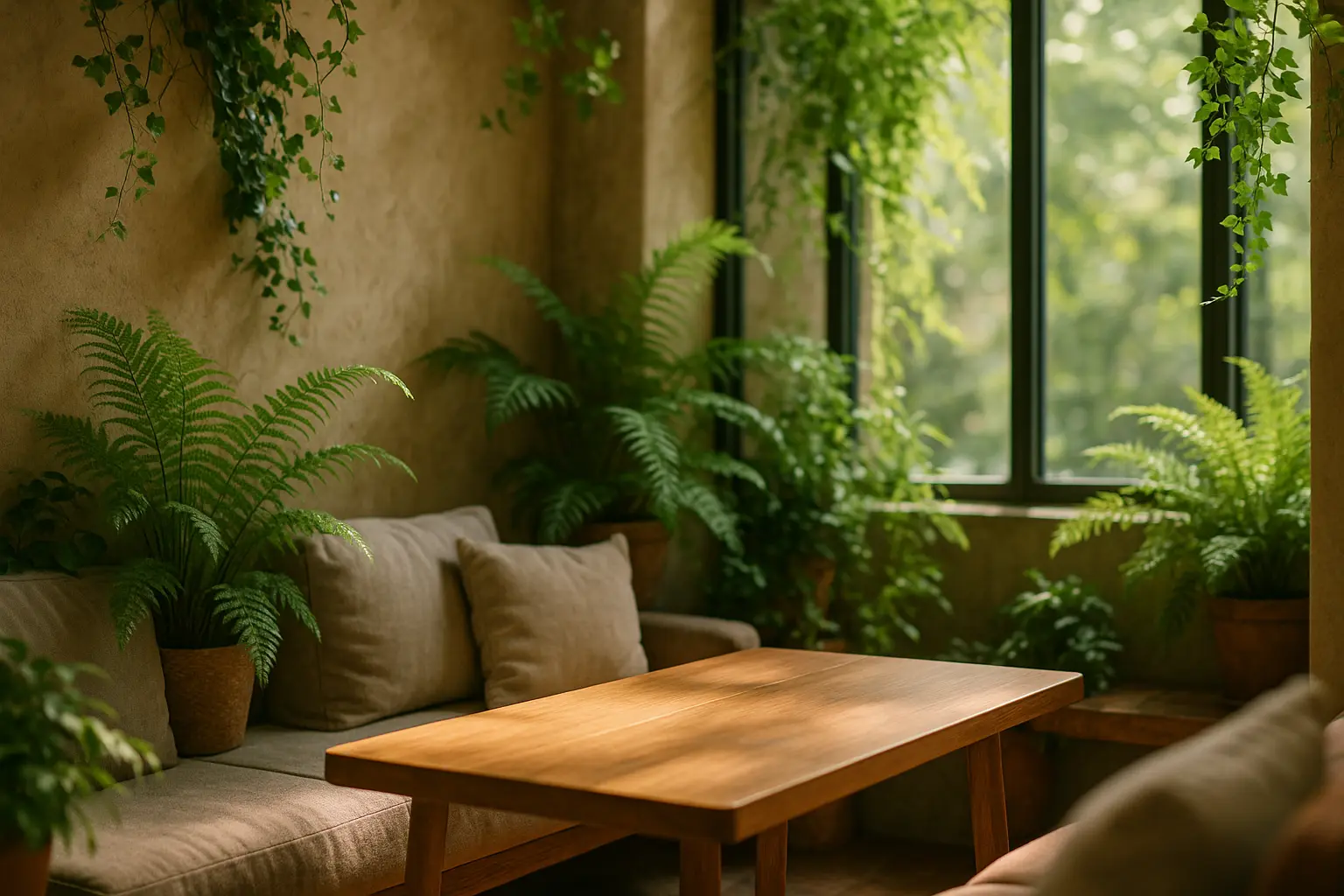
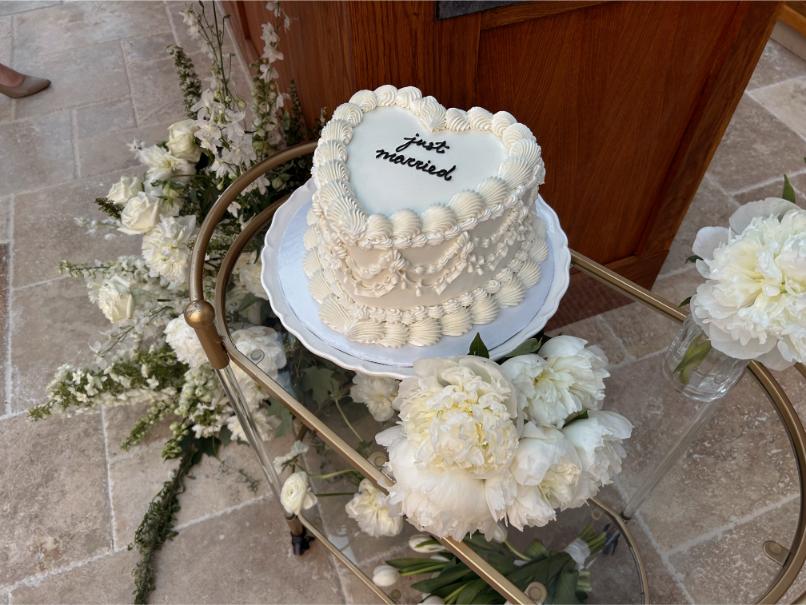
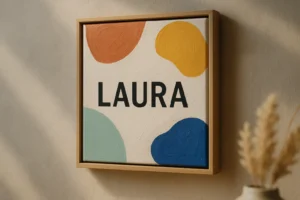

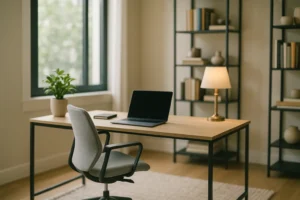



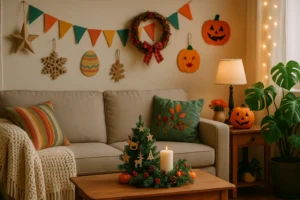

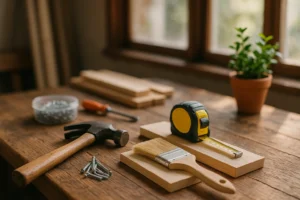

Post Comment